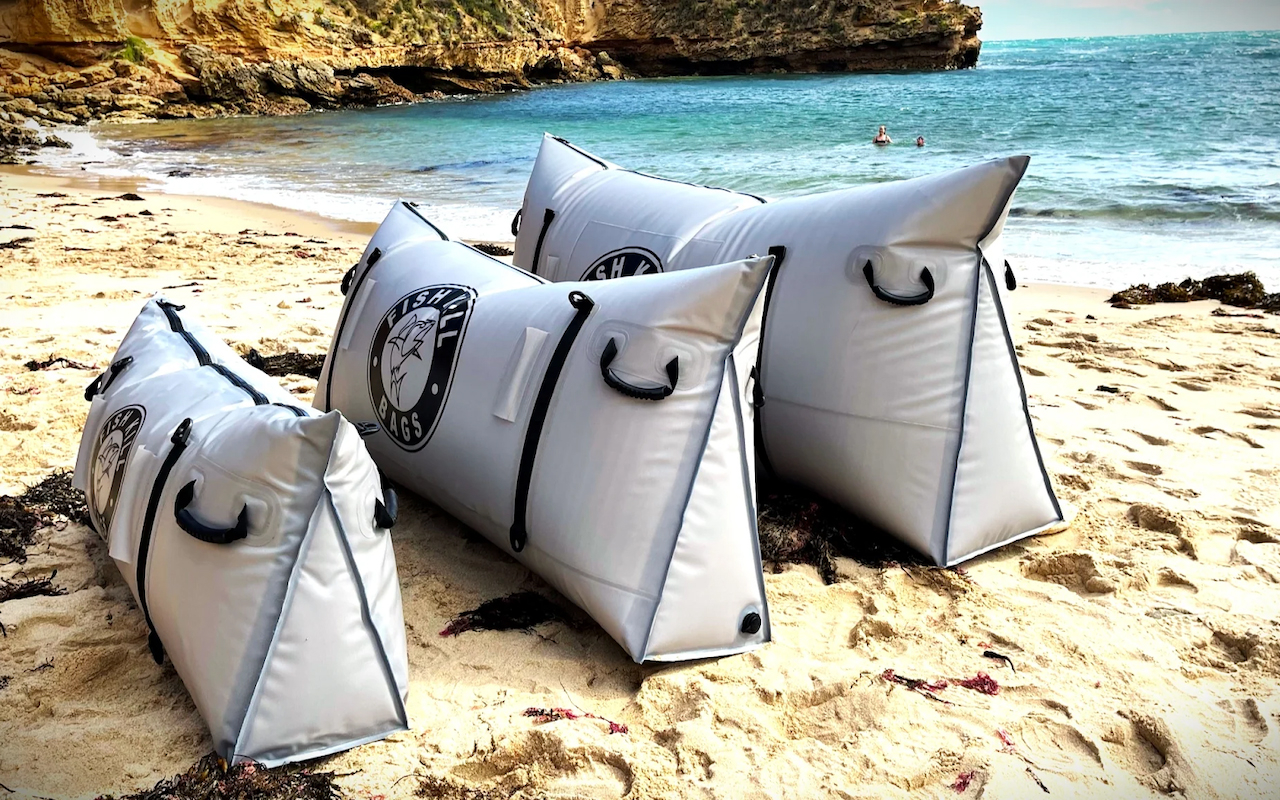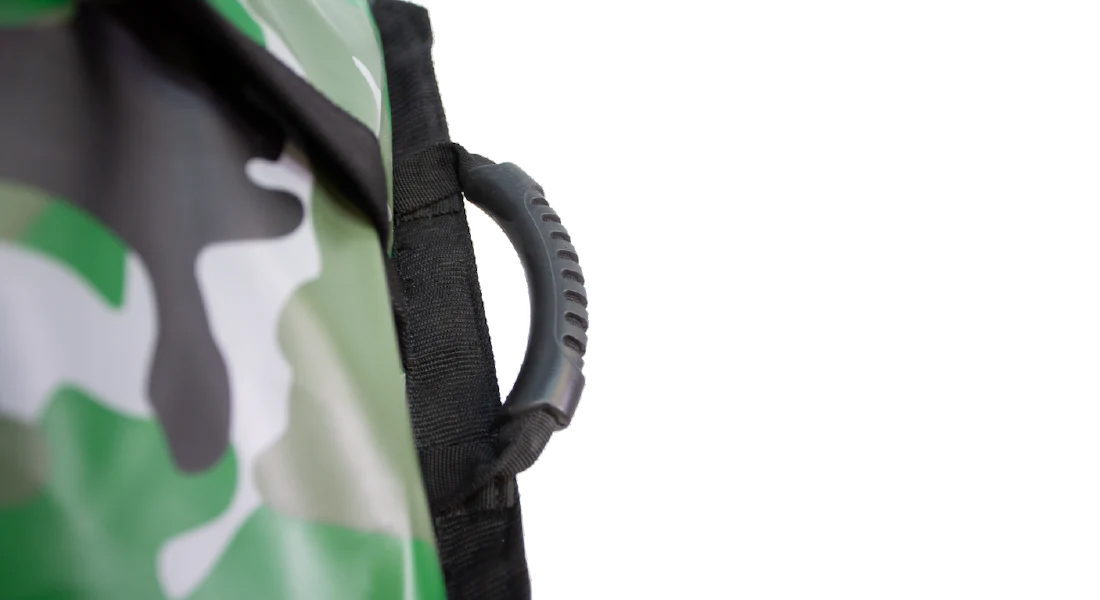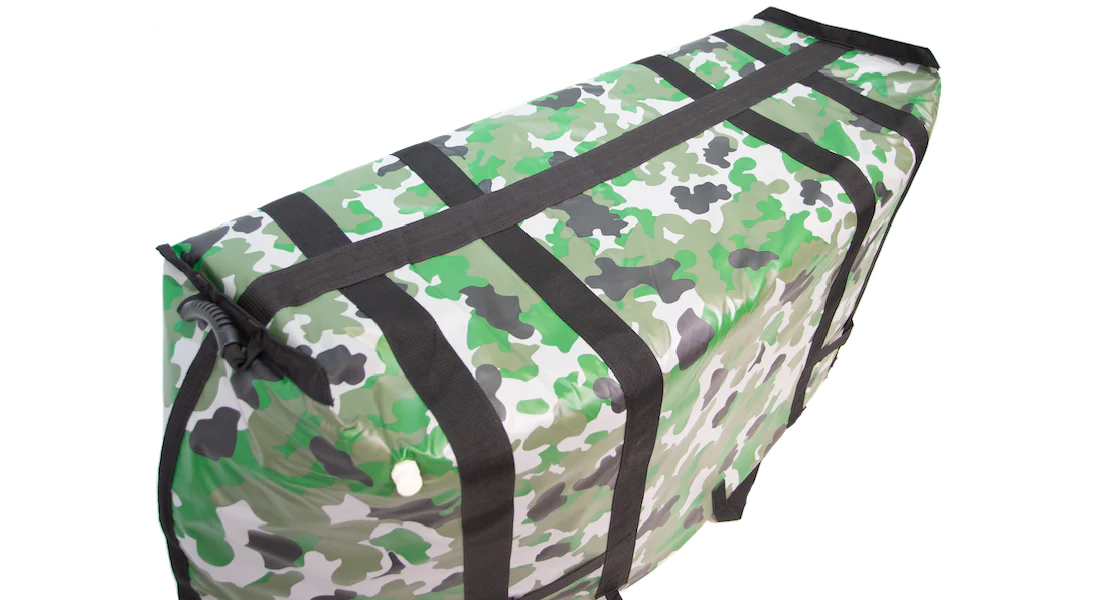Storage tips: Getting the most out of your fish kill bag

When you spend a day out fishing, keeping your catch fresh is key. This is where a fish kill bag comes into play. A fish kill bag is designed to preserve the quality of your fish. It’s insulated to keep them cool and safe until you get home.
Proper storage is essential for these bags to work efficiently. Here are a few reasons why:
- Maintain Freshness: The right storage ensures your fish remain fresh, retaining their flavor and texture.
- Efficient Insulation: Maximising bag efficiency requires the right storage techniques.
- Extend Bag Life: Proper care and usage can prolong the life of your fish kill bag.
You may have come across terms like dry bag or kill bag, but they aren’t exactly the same. A dry bag is for keeping things dry, while a kill bag is specifically for keeping your fish cool. To understand more about preserving fish quality, check out this guideline on fish preservation techniques.
Choosing the Right Fish Kill Bag
Selecting the right fish kill bag can make a big difference. Here are some key things to consider:
- Size Matters: Choose a size that fits your typical catch. A bag that’s too small may not keep fish cool, while an oversized bag can be cumbersome.
- Material and Insulation: Opt for bags that have good insulation. This keeps your fish cold longer and prevents spoilage.
- Comparison with Dry Bags: While dry bags keep gear dry, fish kill bags are insulated and keep fish refrigerated. Fish bags and fish cooler bags offer similar purposes but check their insulation quality.
A great place to start when thinking about fishing gear is Field & Stream, which provides insights and reviews into selecting equipment that suits your needs.
A proper fish kill bag can greatly enhance your fishing experience by ensuring that your catches stay fresh and tasty.
Preparation Before Using a Fish Kill Bag
Getting ready to use your fish kill bag is crucial for keeping your catch fresh. Here’s how you can prepare effectively:
- Gather Your Supplies: Before heading out, make sure you have enough ice or ice packs. This will help keep your fish cool and in good condition.
- Organise Your Gear: Ensure that your fishing gear is organised. Consider using a dry bag for items you need to keep moisture-free, like electronics or clothes.
- Check the Seal: Make sure that the fish kill bag seals properly to prevent warm air from getting inside.
Proper Usage of Fish Kill Bags for Maximum Efficiency
Knowing how to use a fish kill bag effectively can make a big difference in keeping your fish fresh. Follow these steps:
- Quickly Store Your Catch: As soon as you catch a fish, place it in the kill bag quickly to reduce exposure to heat.
- Proper Layering: Begin with pre-chilling your fish kill bag by placing some ice at the bottom before adding your catch. Alternate layers of fish and ice by starting with a layer of ice at the bottom, add fish, and then another layer of ice. This ensures that each fish is surrounded by ice, maintaining the cold and preserving your fish better as you continue to add more.
- Avoid Overloading: While it might be tempting to fill the bag to its limit, overloading can prevent proper cooling. Ensure there is enough ice and space for air to circulate.
- Close the Bag Securely: Make sure to close the bag tightly to maintain the cold environment inside.
- Be Environmentally Mindful: Follow environmental guidelines for fish storage to prevent any adverse impacts.
Using your fish kill bag properly not only helps in keeping your fish fresh but also in maintaining the bag’s condition over time.
Cleaning and Maintenance of Your Fish Kill Bag
Maintaining your fish kill bag is essential to ensure it stays in top condition for your future fishing adventures. Proper cleaning and maintenance not only prevent odours and bacteria but also extend the life of your bag. Here’s how you can keep your fish kill bag clean and fresh:
- Rinse After Each Use:
- After unloading your catch, rinse the interior and exterior of your fish kill bag with fresh water. This helps to remove leftover fish residues and salt, reducing odours.
- Deep Clean Regularly:
- Use mild soap and warm water to clean the bag thoroughly. Avoid harsh chemicals that can damage the material.
- For stubborn smells or stains, a mixture of baking soda and water can be effective.
- Consider using a soft brush to scrub areas that need more attention.
- Sanitise:
- Occasionally, sanitise the bag using a diluted bleach solution (1 tablespoon of bleach per gallon of water) or a commercial sanitising product specifically designed for gear.
- Ensure you rinse thoroughly after sanitisation to remove any residue.
- Dry Completely Before Storing:
- Allow the bag to air dry completely to prevent mould and mildew. Place it in a well-ventilated area or under direct sunlight.
- Inspect for Damage:
- Check for any signs of wear and tear, such as holes or weakened seams. Repair them promptly to maintain the bag’s insulation and effectiveness.
Storing Fish Coolers and Kill Bags Between Uses
Proper storage of your fish cooler bags and kill bags between uses is crucial to prevent bad smells and damage. Here’s how you can store your bags properly:
- Dry Thoroughly:
- Ensure that your fish cooler bag is completely dry after cleaning. This prevents moisture-related issues such as mould and mildew.
- Store in a Dry Bag:
- To protect against dust and environmental elements, store your fish cooler bag inside a separate dry bag. This adds an extra layer of protection when not in use.
- Avoid Compression:
- Store the bag in a way that does not overly compress it. Compression can damage the insulation over time.
- Cool, Dry Place:
- Keep your bag in a cool, dry area to avoid adverse temperature effects and humidity. A garage or a dedicated gear storage room can be ideal.
- Regular Checks:
- Periodically check your stored bag for any signs of mould or damage that may have developed during storage. Early detection can save your gear from extensive damage.
Explore more tips on outdoor gear storage and maintenance by reading this informative guideline posted by Backpacker.
By following these care and storage tips, you can make the most of your investment in fish kill bags, ensuring they last longer and perform better on every outing.
Maximising Your Investment: Longevity and Benefits
Proper care and storage of your fish kill bag can greatly enhance your fishing experience and extend the life of your gear. Here are some benefits and tips for maximising your investment:
- Reduce Waste: By maintaining your fish kill bag, you ensure your catch stays fresh, reducing the likelihood of spoilage and waste.
- Improve Fishing Results: A well-kept bag means more successful trips, as you’ll have the right gear to preserve your catch effectively.
- Long-Term Savings: Proper care extends the life of your bags, saving you money in the long run by avoiding frequent replacements.
- Invest in Quality: High-quality products might cost more initially but offer better insulation and durability, giving you peace of mind and better performance.
- Enhance Efficiency: Organised gear preparation allows you to focus more on the fishing experience and less on gear hassles.
Preserve Your Catch and Improve Your Adventure
Fish kill bags are invaluable tools for any fishing adventure. By following the proper storage and maintenance guidelines, you can ensure each trip is a success. Here’s a quick recap:
- Use and Care: Understand how to properly use and maintain your fish kill bag to protect your catch and extend the bag’s lifespan.
- Gear Investment: Maximise your fishing gear investment by selecting and caring for top-rated products.
- Explore Options: For those keen on upgrading their fishing equipment, look into reputable suppliers offering top-rated fish kill bags.
By integrating these strategies into your fishing routine, you can enhance not only your fishing trips but also your overall outdoor adventure experience. If you’re interested in exploring more about top-rated fishing gear, consider taking a look at reviews and recommendations from reliable sources.
The editorial unit

























Facebook
Twitter
Instagram
YouTube
RSS